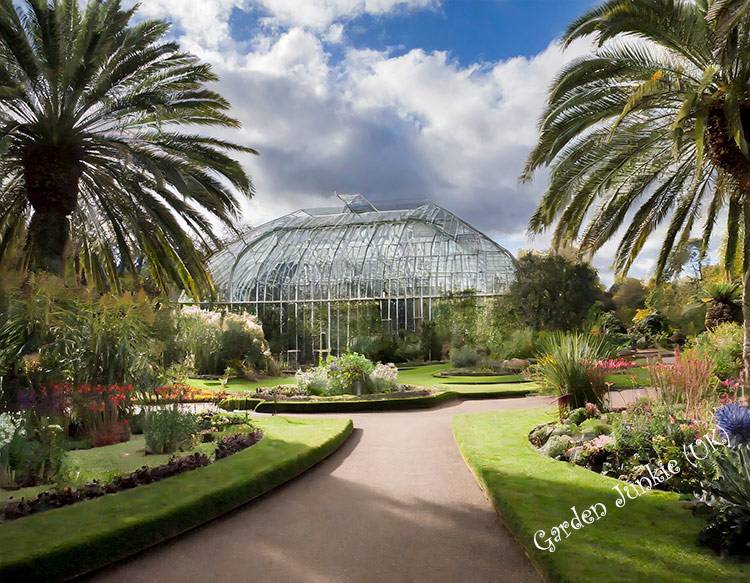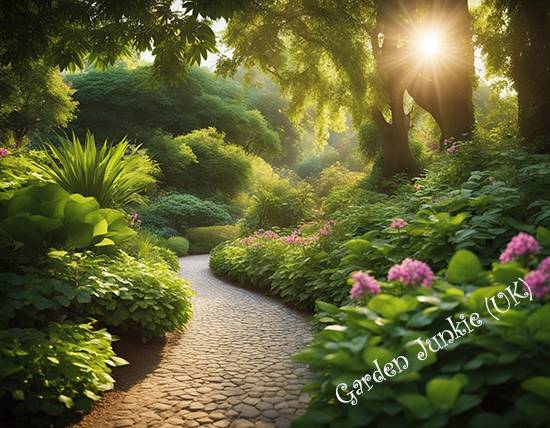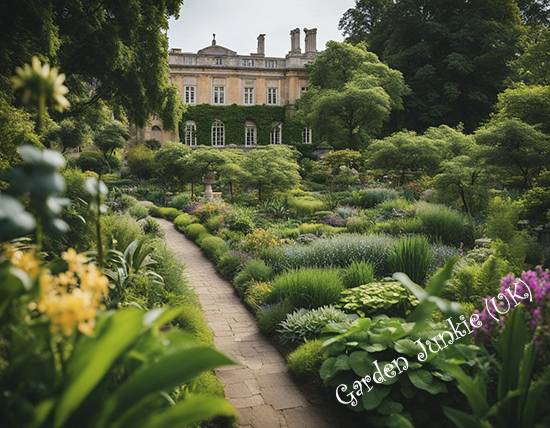Beautiful Plants For Your Interior
Botanical Gardens in the UK

Botanical gardens are places where plants and trees are grown for scientific study, education, and enjoyment. They are typically open to the public and offer a variety of activities, such as guided tours, educational programs, and plant sales.
There are over 300 botanical gardens in the UK, each with its unique collection of plants. Some of the most popular botanical gardens in the UK include the Royal Botanic Gardens, Kew; the Edinburgh Botanical Garden; and the University of Cambridge Botanic Garden.
These gardens play an important role in conservation, education, and research. They help to protect plants from extinction, provide a place for people to learn about plants, and support research into plant science.
History of Botanical Gardens in the UK
Botanical gardens have been around for centuries, and they have played an important role in the history of science and horticulture. The first botanical gardens in the UK were established in the 16th century, and they quickly became centres of learning and research. These gardens were home to a wide variety of plants from all over the world, and they helped to promote the study of botany and the development of new plant varieties.
In the 18th and 19th centuries, botanical gardens became increasingly popular among the general public. They were seen as places of beauty and tranquillity, and they offered visitors a chance to escape from the hustle and bustle of city life. These gardens also played an important role in developing the Victorian garden movement, which emphasised the use of plants for ornamental purposes.
Today, the botanical garden plays an important role in the UK. They are home to a vast collection of plants from all over the world, and they offer visitors a chance to learn about the natural world and its importance. A botanical garden also plays a vital role in conservation, and they help to protect endangered plant species.

A Botanical Garden: Beautiful Green Spaces For The Public To Enjoy
Types of Botanical Gardens in the UK
The first botanical garden was established in the 16th century in Italy. This and other early gardens were known as “physic gardens” and were created to train medical students in plant identification and the use of medicinal plants. The University of Pisa’s botanical garden, established in 1544, was the first garden created with an early vocation for research. It was followed by the botanical gardens of Padua and Florence in 1545.
There are many different types of botanical gardens in the UK, each with its unique features and attractions. Some of the most common types of botanical gardens include:
- A General botanical garden: These gardens contain a wide variety of plants from all over the world. They are often designed to showcase the diversity of plant life and to educate visitors about the importance of plants.
- A speciality botanical garden: These gardens focus on a particular type of plant or group of plants. For example, there are botanical gardens that specialize in cacti, orchids, or carnivorous plants.
- A themed botanical garden: These gardens are designed around a particular theme, such as a specific region of the world, a period, or a particular type of architecture.
- An urban botanical garden: These gardens are located in urban areas and are designed to provide a green oasis amid the city. They often offer a variety of amenities, such as walking trails, picnic areas, and playgrounds.
No matter what your interests are, there is sure to be a botanical garden in the UK that is perfect for you. So take some time to explore the many different types of botanical gardens that the UK has to offer. You won’t be disappointed!
Benefits of Visiting a Botanical Garden
There are many benefits to visiting a botanical garden, including:
- Learning about different plants and their uses
- Experiencing the beauty of nature
- Relaxing and de-stressing
- Getting exercise
- Meeting new people
- Encouraging children to learn about nature
A botanical garden is also important for conservation and research. They help to preserve plant species that are threatened with extinction, and they provide a place for scientists to study plants.
If you are looking for a way to learn about plants, relax, or get some exercise, a botanical garden is a great option. There are many a botanical garden to choose from in the UK, so you are sure to find one that is close to you.

A Botanical Garden: There Are Many Gardens to See in The UK
Top Botanical Gardens in the UK
Today, botanical gardens play an important role in scientific research, conservation, and education. The Royal Botanic Gardens, Kew, is one of the most famous botanical gardens in the world and is home to one of the largest collections of plants in the world. It was established in 1759 and has since become a leading centre for botanical research and conservation.
Here is a list of the top gardens in the UK, based on their size, variety of plants, and visitor reviews:
- Kew Gardens in London is the largest botanical garden in the UK, with over 30,000 different plant species. It is home to a variety of gardens, including the Temperate House, the Princess of Wales Conservatory, and the Rock Garden.
- Royal Botanic Gardens, Edinburgh is another large garden, with over 15,000 different plant species. It is home to a variety of gardens, including the Alpine House, the Rhododendron Dell, and the National Plant Collection of Scotland.
- University of Cambridge Botanic Garden is a medium-sized botanical garden, with over 8,000 different plant species. It is home to a variety of gardens, including the Temperate House, the Alpine House, and the Aquatic Garden.
- Botanic Gardens Belfast is a small botanical garden, with over 2,000 different plant species. It is home to a variety of gardens, including the Walled Garden, the Rose Garden, and the Tropical House.
- Birmingham Botanical Gardens is a medium-sized botanical garden, with over 7,000 different plant species. It is home to a variety of gardens, including the Temperate House, the Alpine House, and the Chinese Garden.
Things to do at a Botanical Garden
There are many things to do at a botanical garden, including:
- Exploring the different plant collections.
- Learning about the different plants and their uses.
- Taking part in educational programs and events.
- Relaxing and enjoying the beauty of nature.
- Picnicking or having a meal in the garden.
- Shopping for plants or gardening supplies.
These gardens are a great place to learn about plants, relax in nature, and enjoy the outdoors. There are many different things to do at a botanical garden, so you’re sure to find something that you enjoy.
Tips for Visiting a Botanical Garden
Here are some tips for visiting a botanical garden:
- Plan your visit. This will help you make the most of your time and ensure that you see the plants that you want to see.
- Wear comfortable shoes. You will be doing a lot of walking, so make sure that you have shoes that are comfortable for you.
- Bring a water bottle. It can get hot in a botanical garden, so make sure to stay hydrated.
- Bring a camera. There are many beautiful plants to photograph in a botanical garden.
- Read the signs. The signs in a botanical garden can provide you with valuable information about the plants that you are seeing.
- Ask for help. If you have any questions, don’t hesitate to ask a staff member for help.
Conclusion
Thank you for reading our guide to the best botanical gardens in the UK. We hope you find this information helpful and that you enjoy visiting these beautiful and educational gardens.
If you are interested in learning more about botanical gardens in the UK, please visit our other botanical garden pages where you can also find more specific and detailed information about the botanical gardens near you in England, Scotland, Wales and Northern Ireland.
